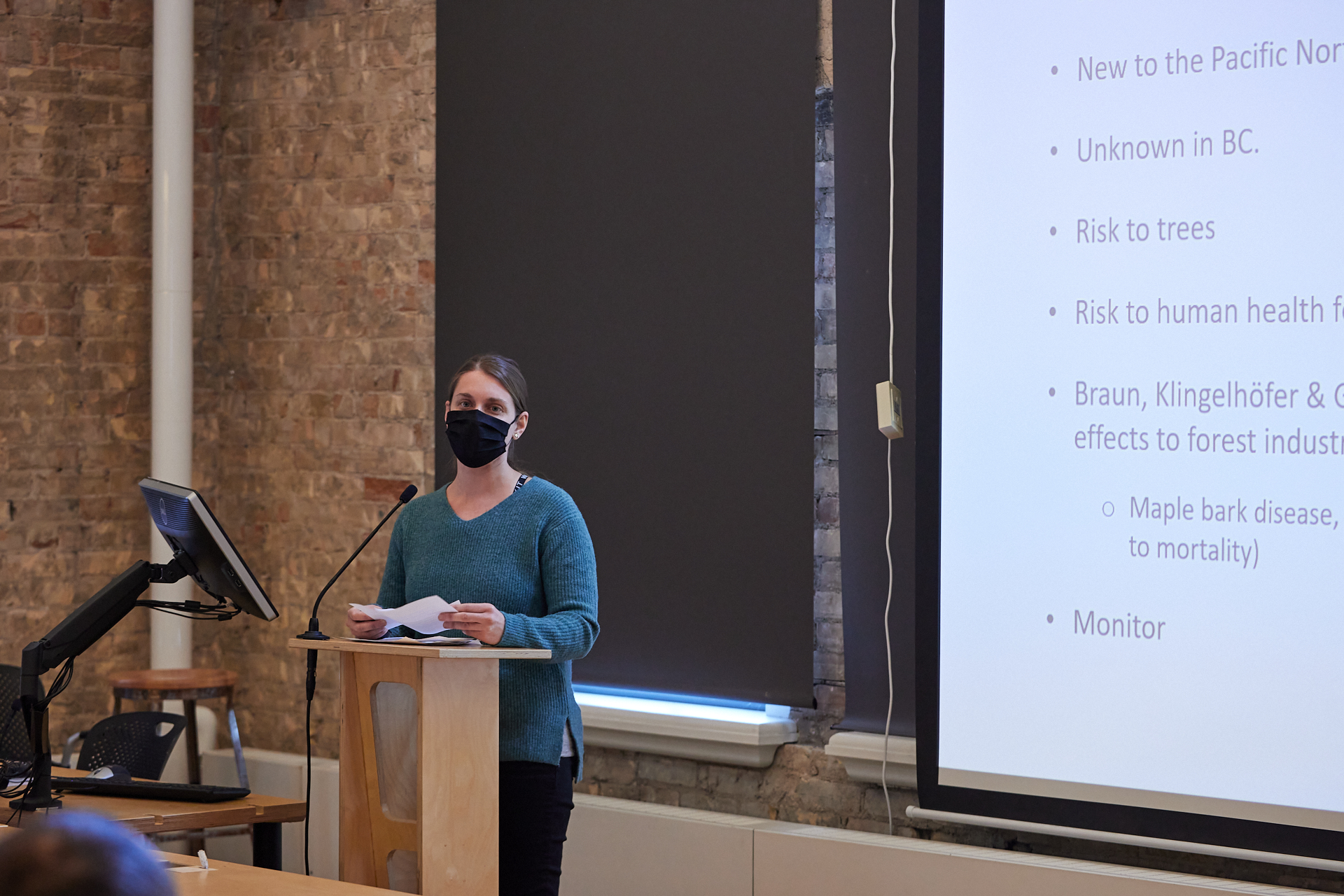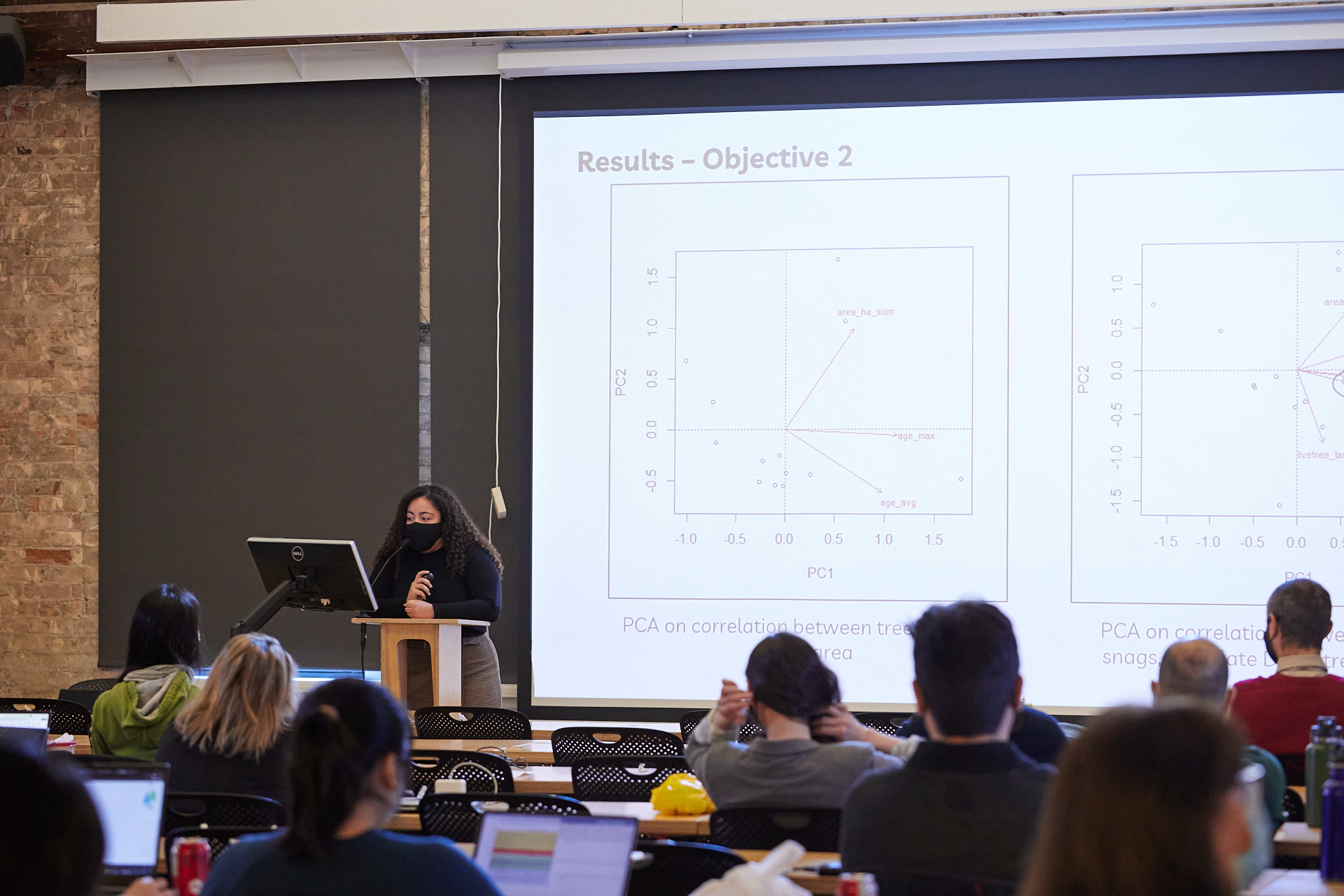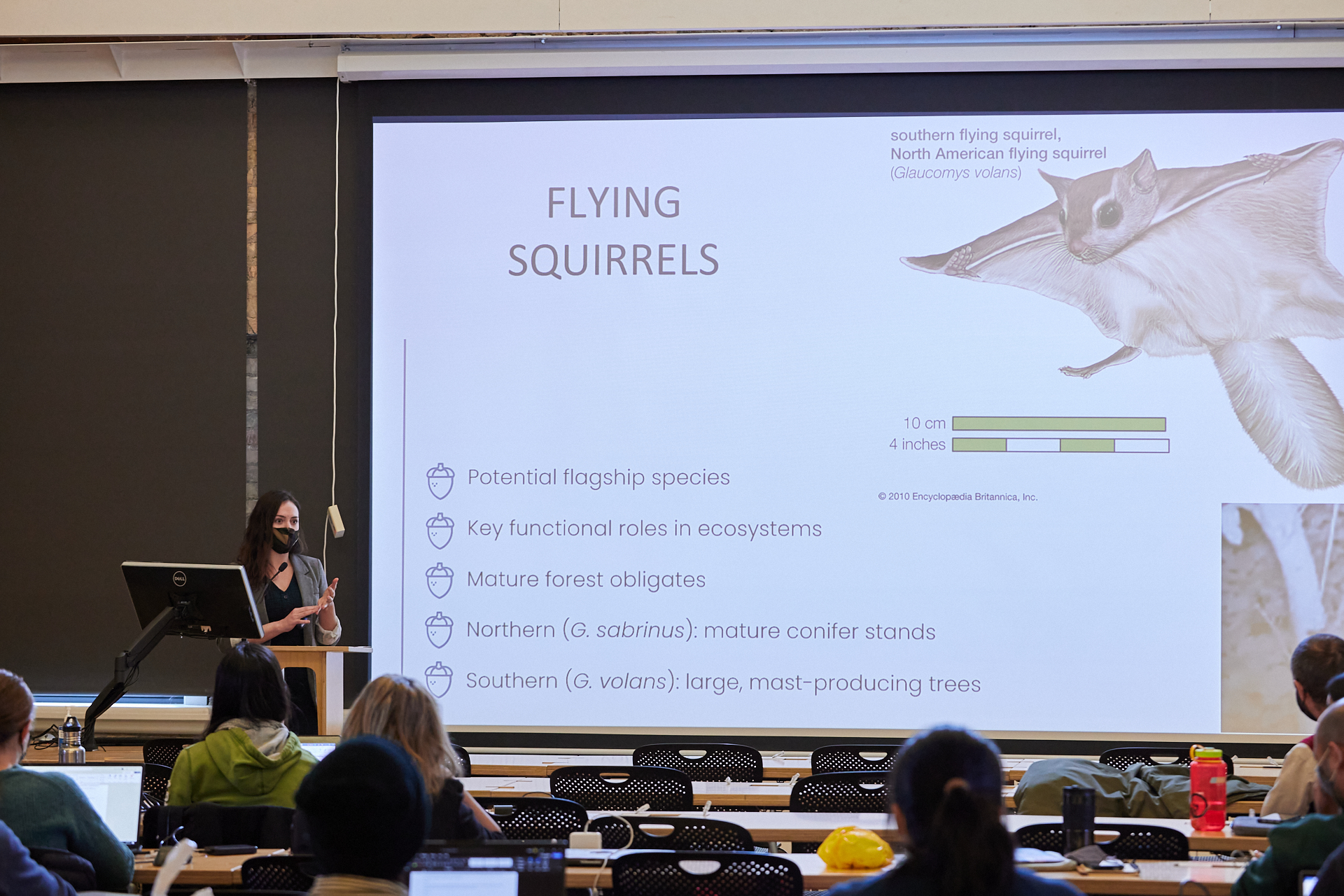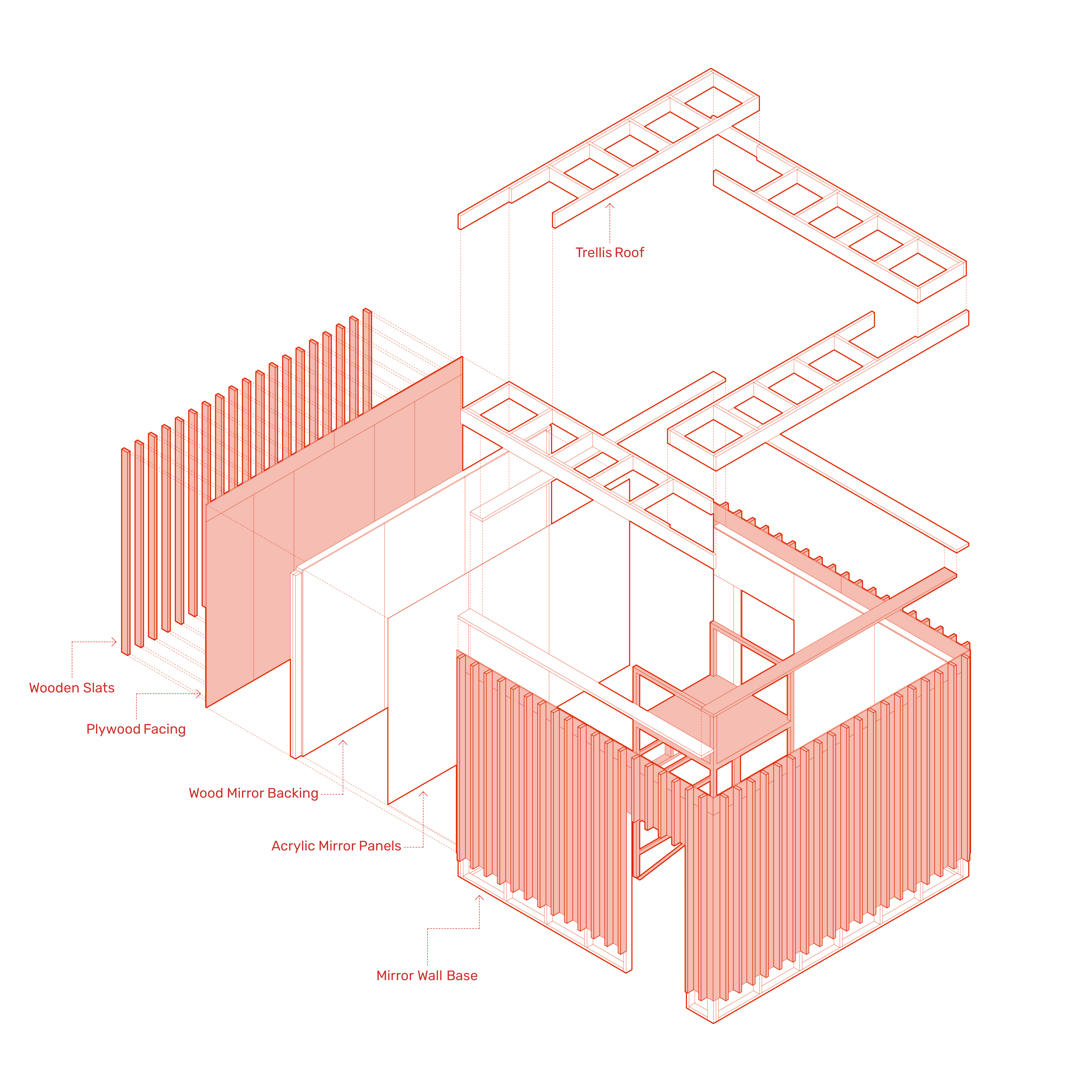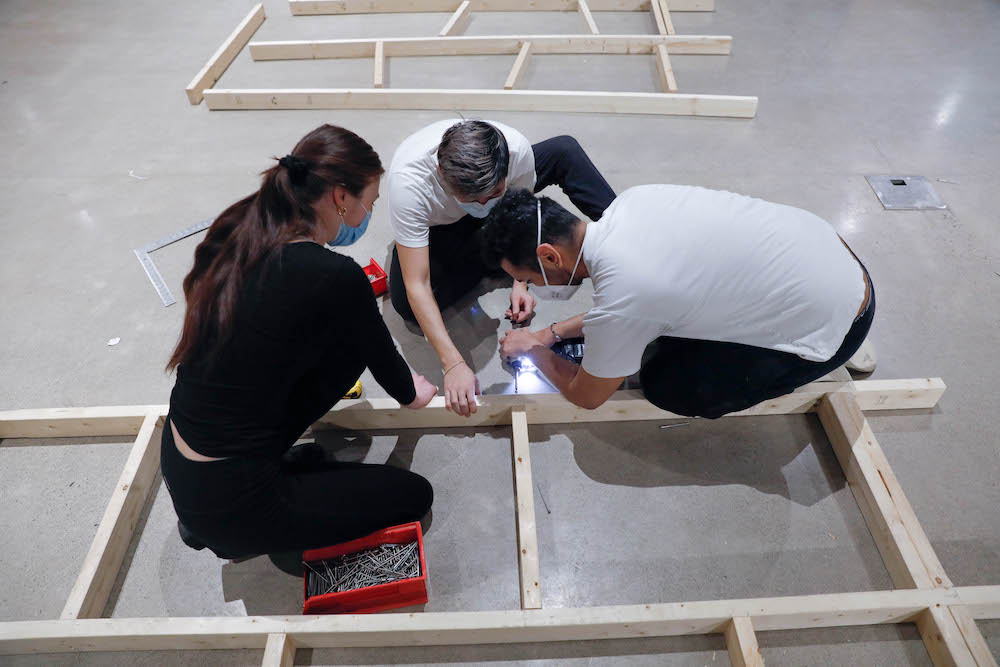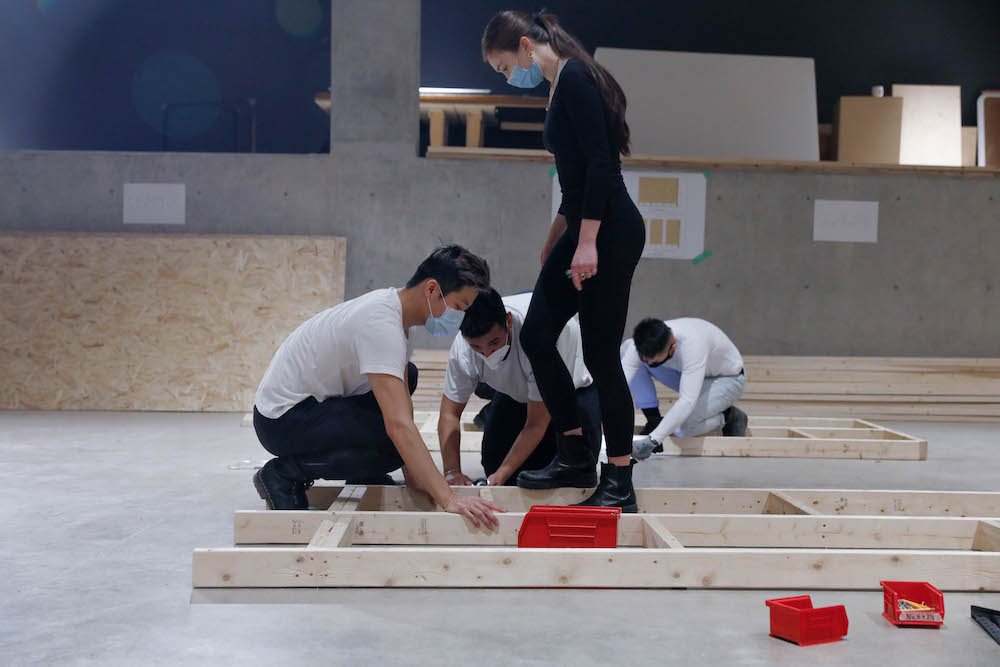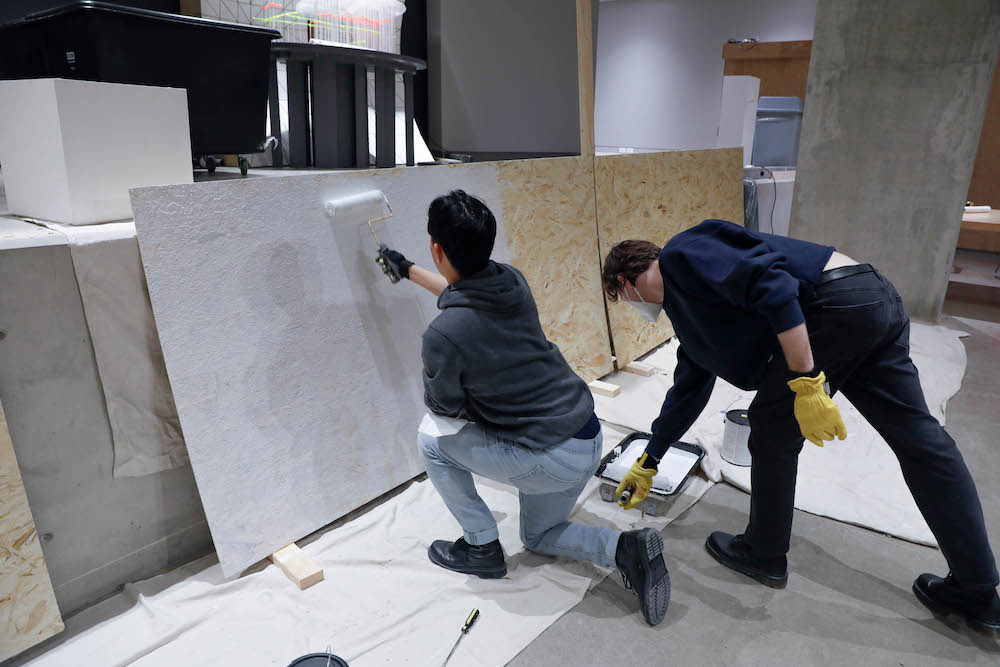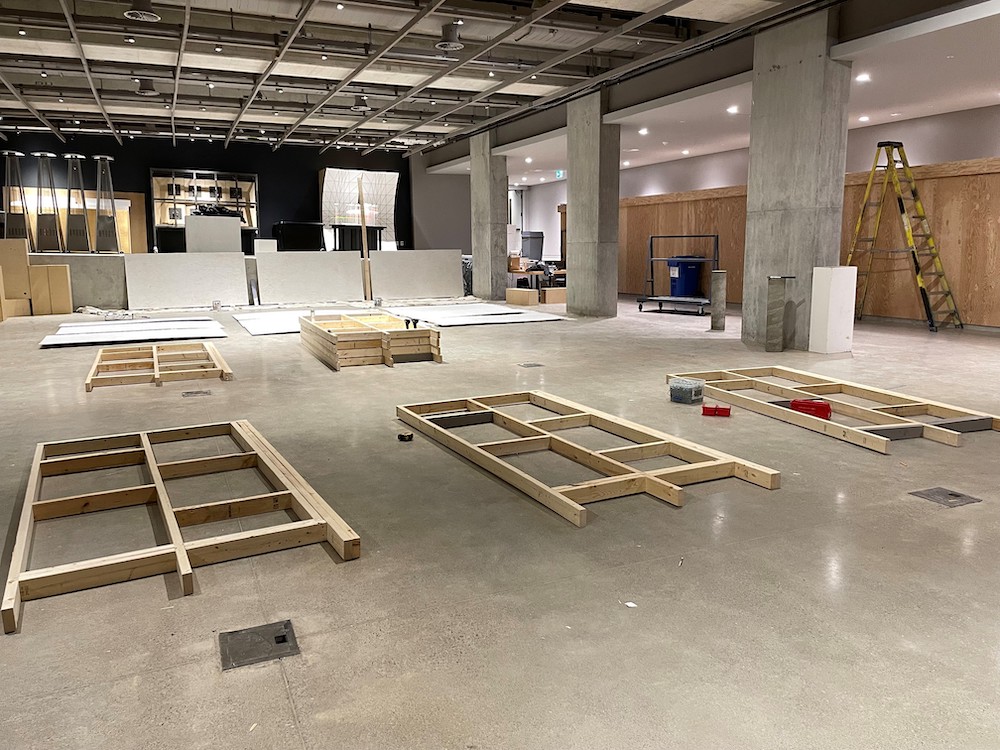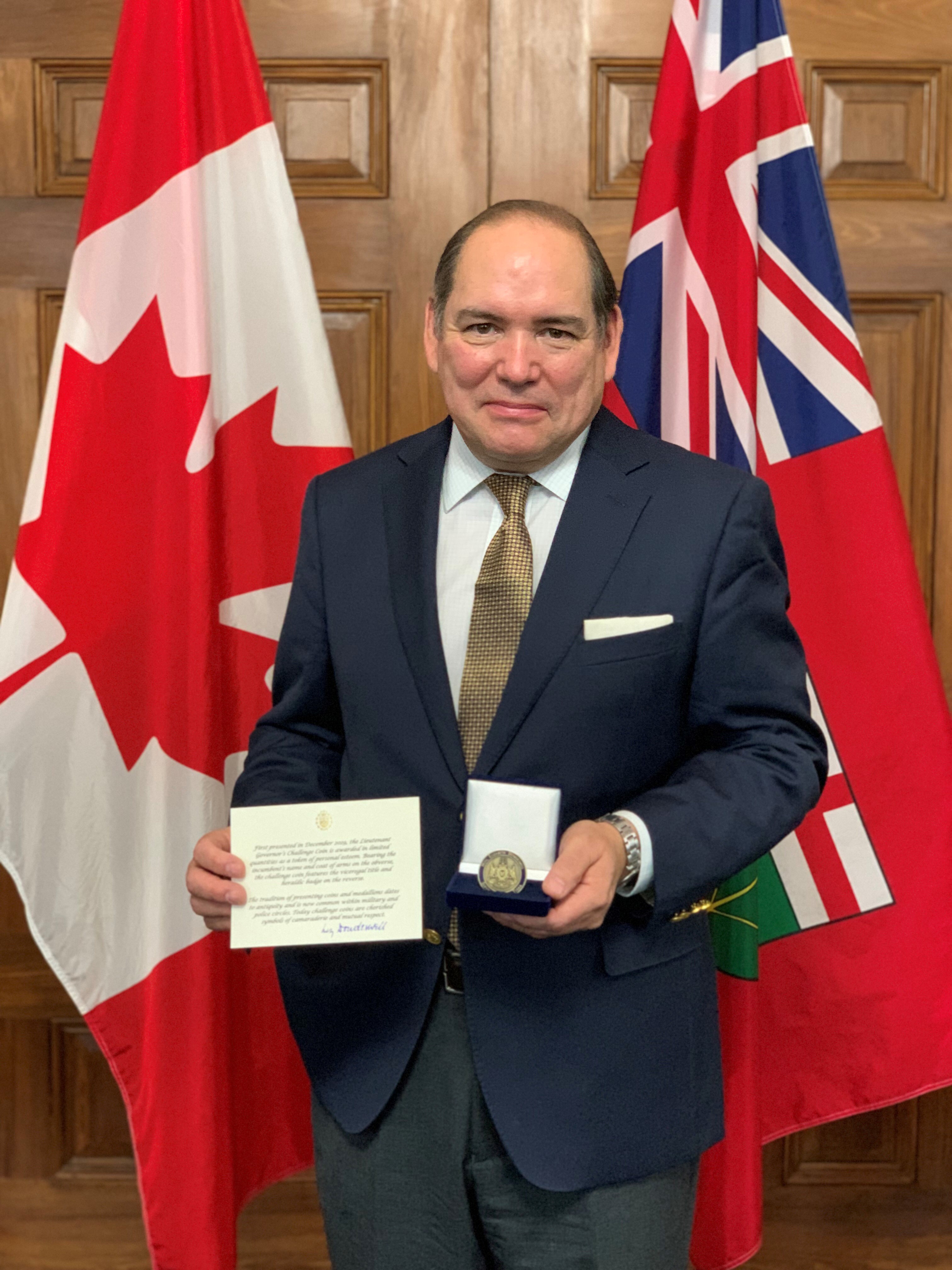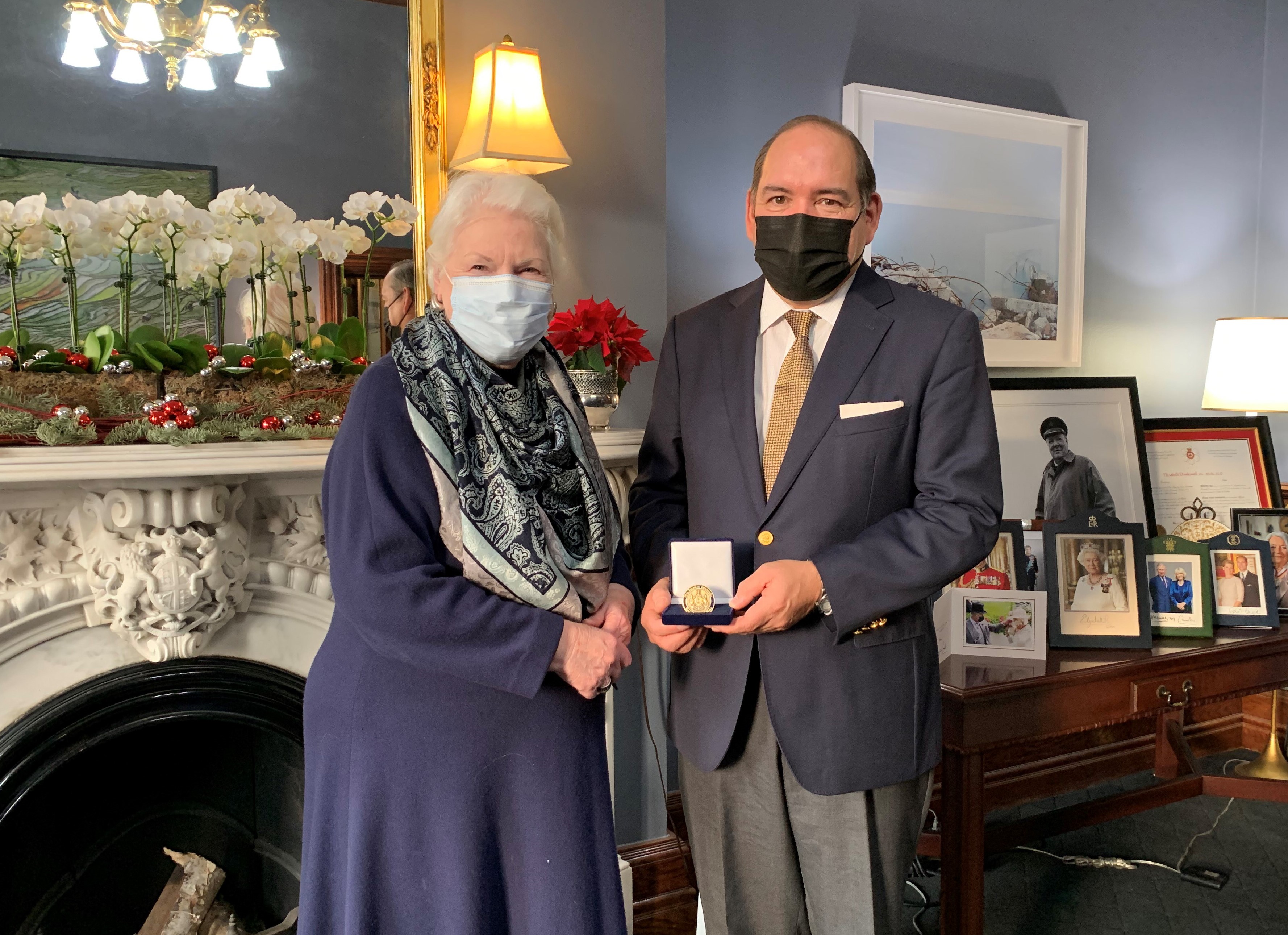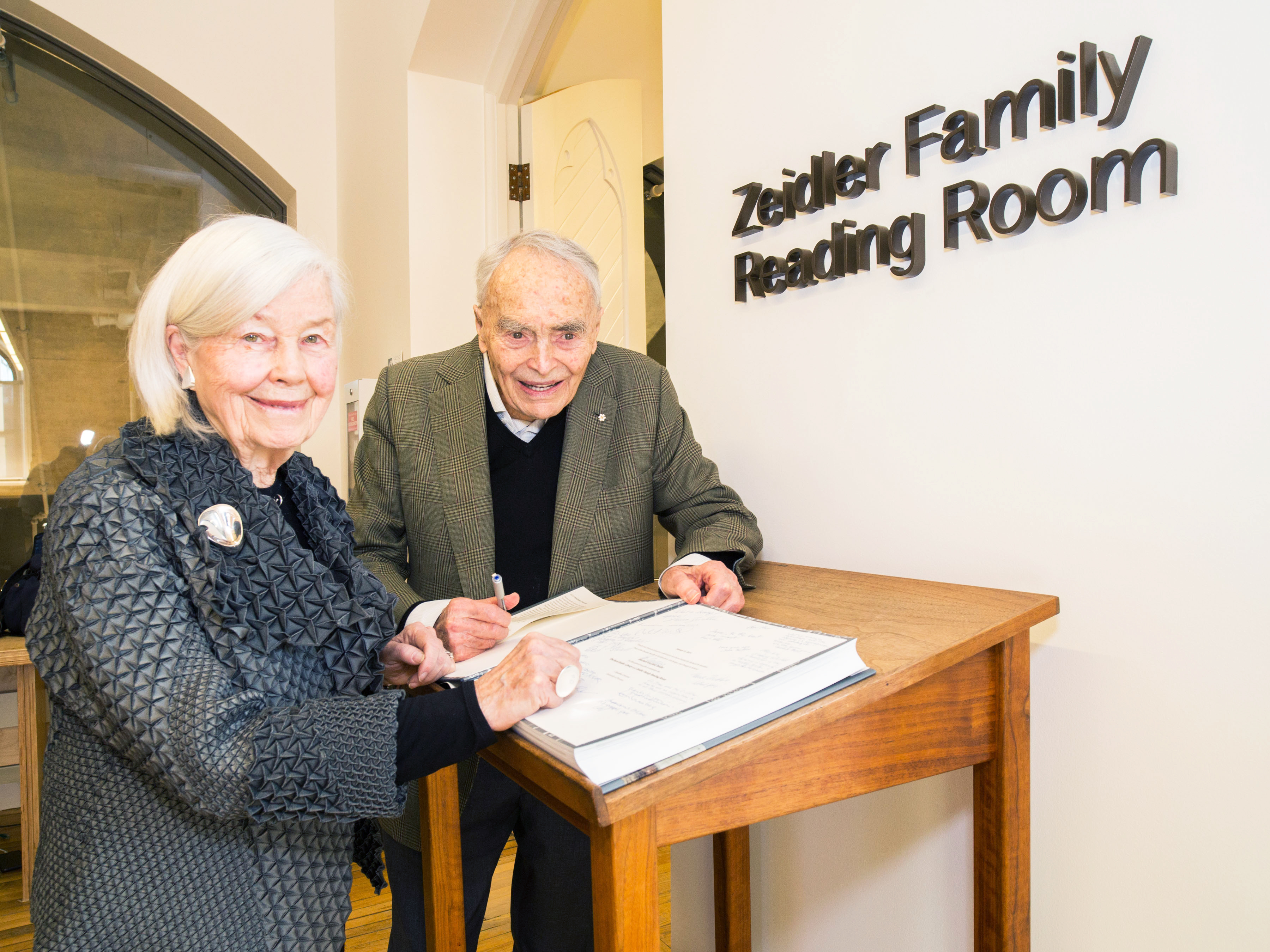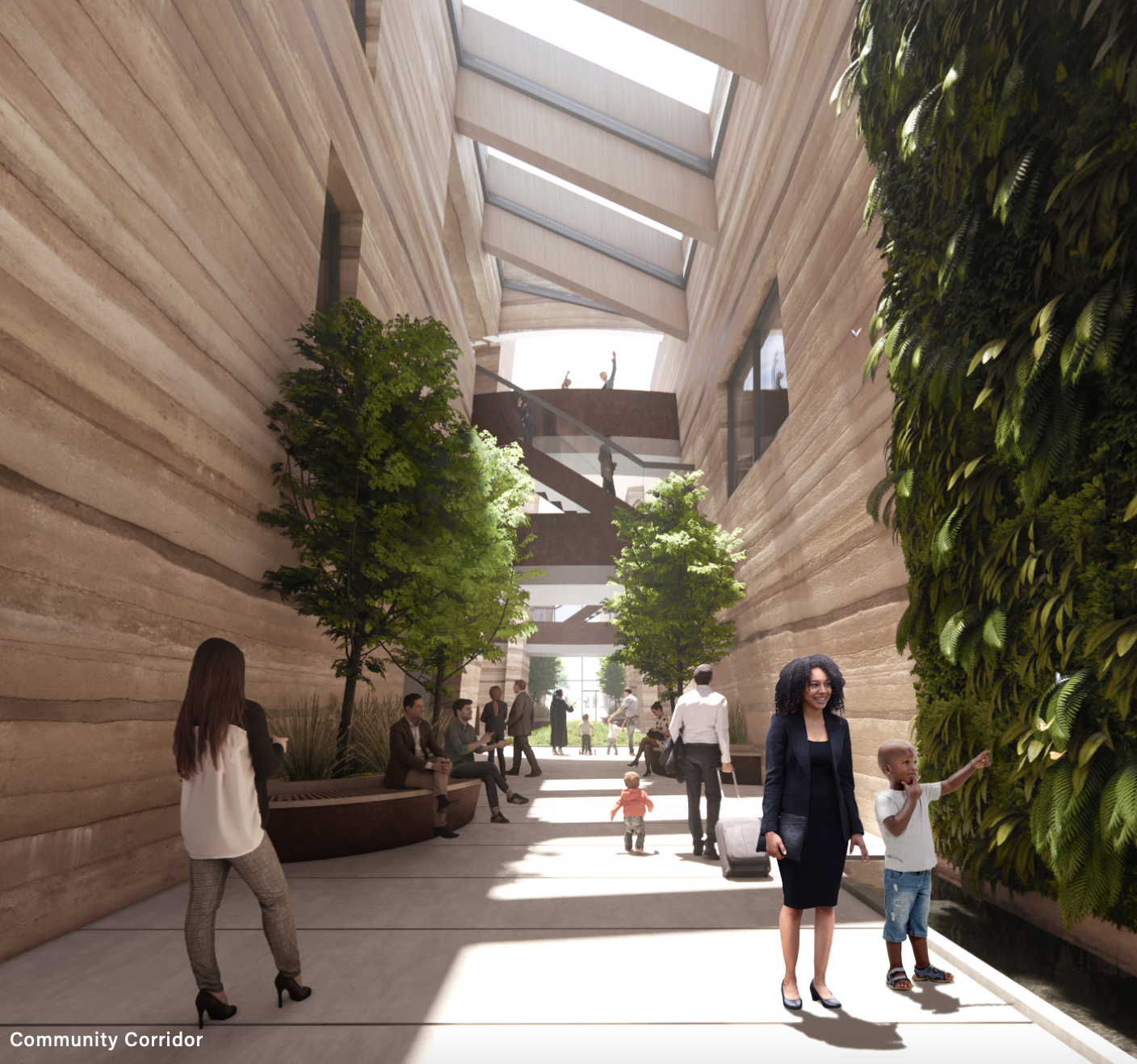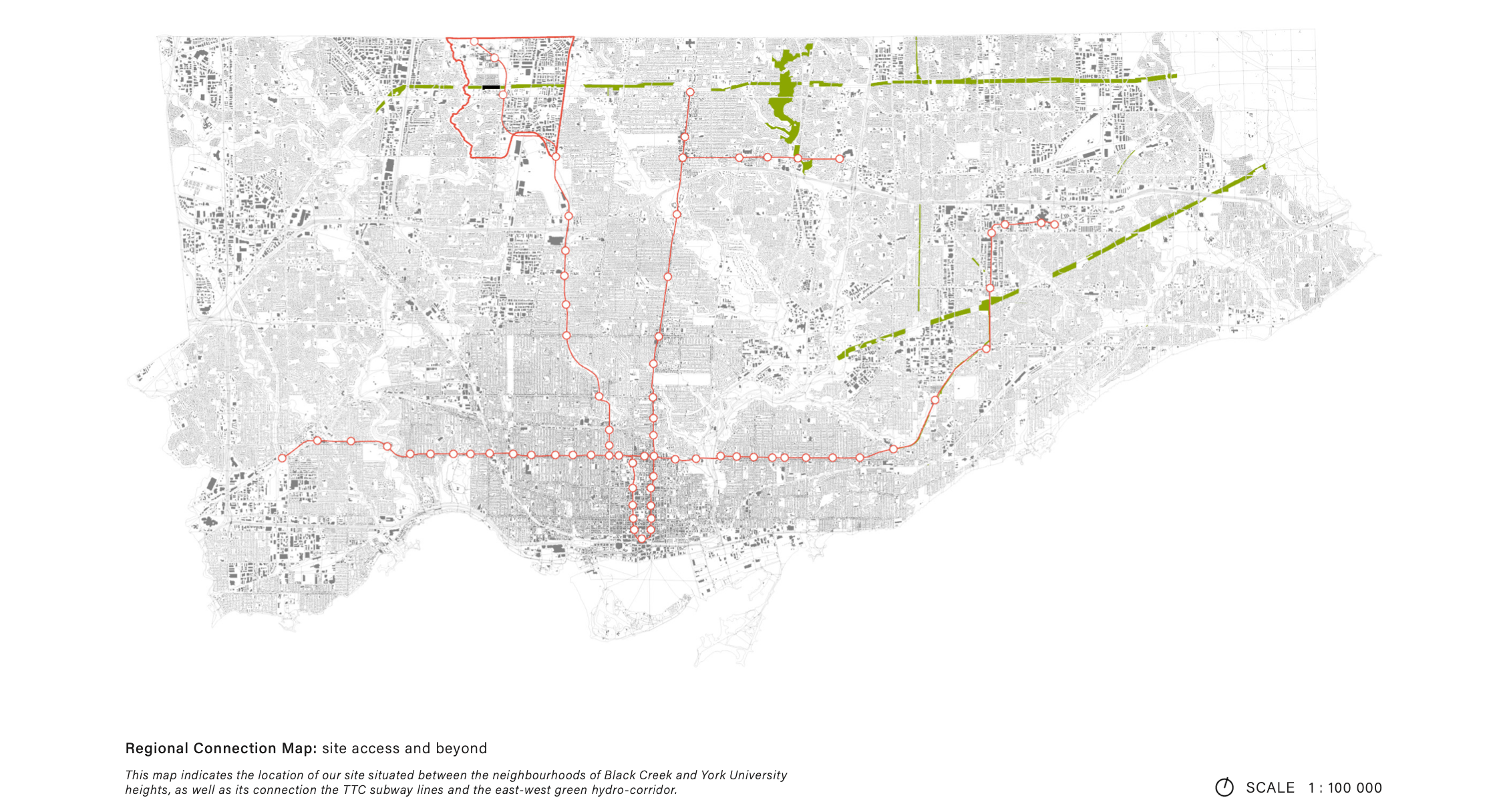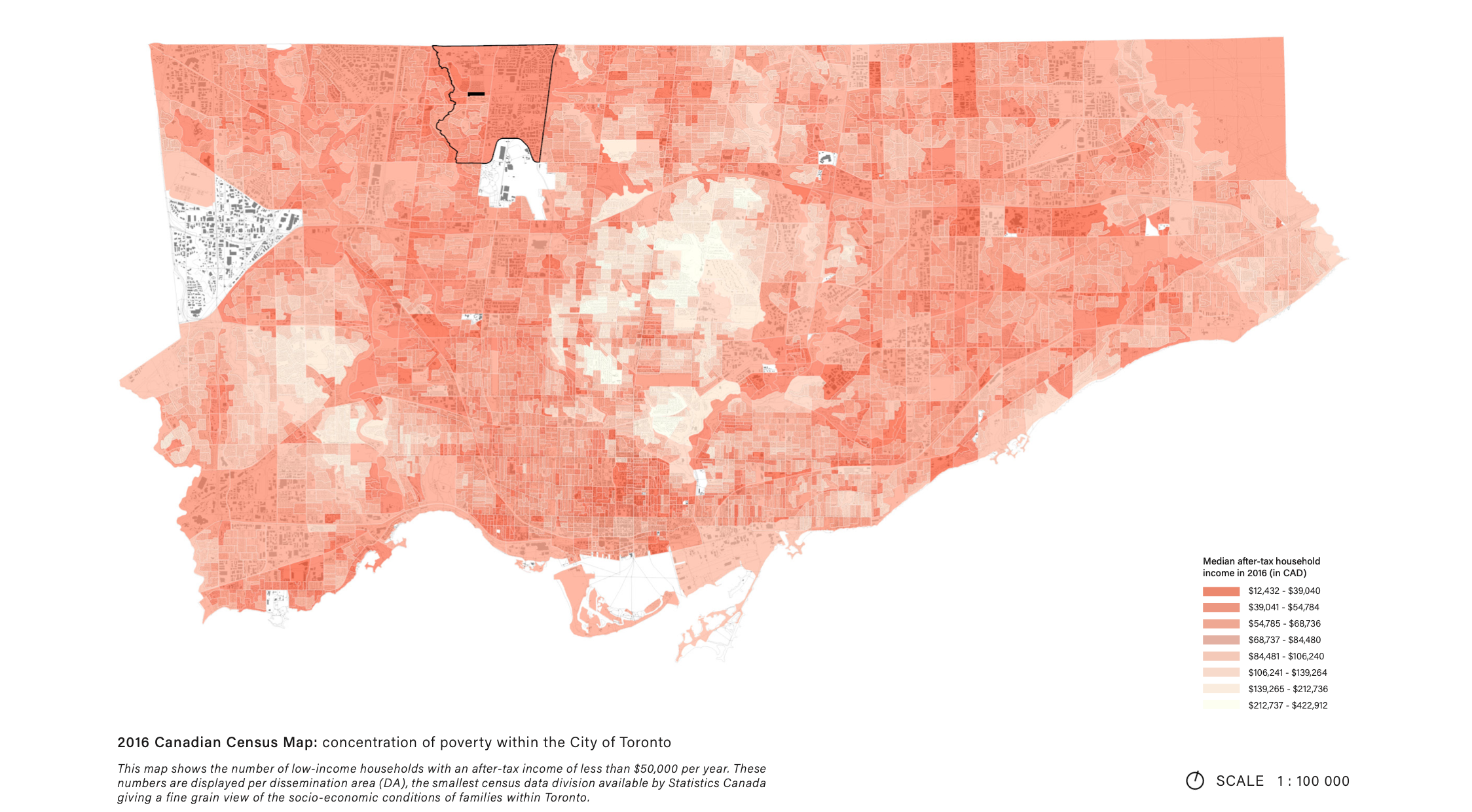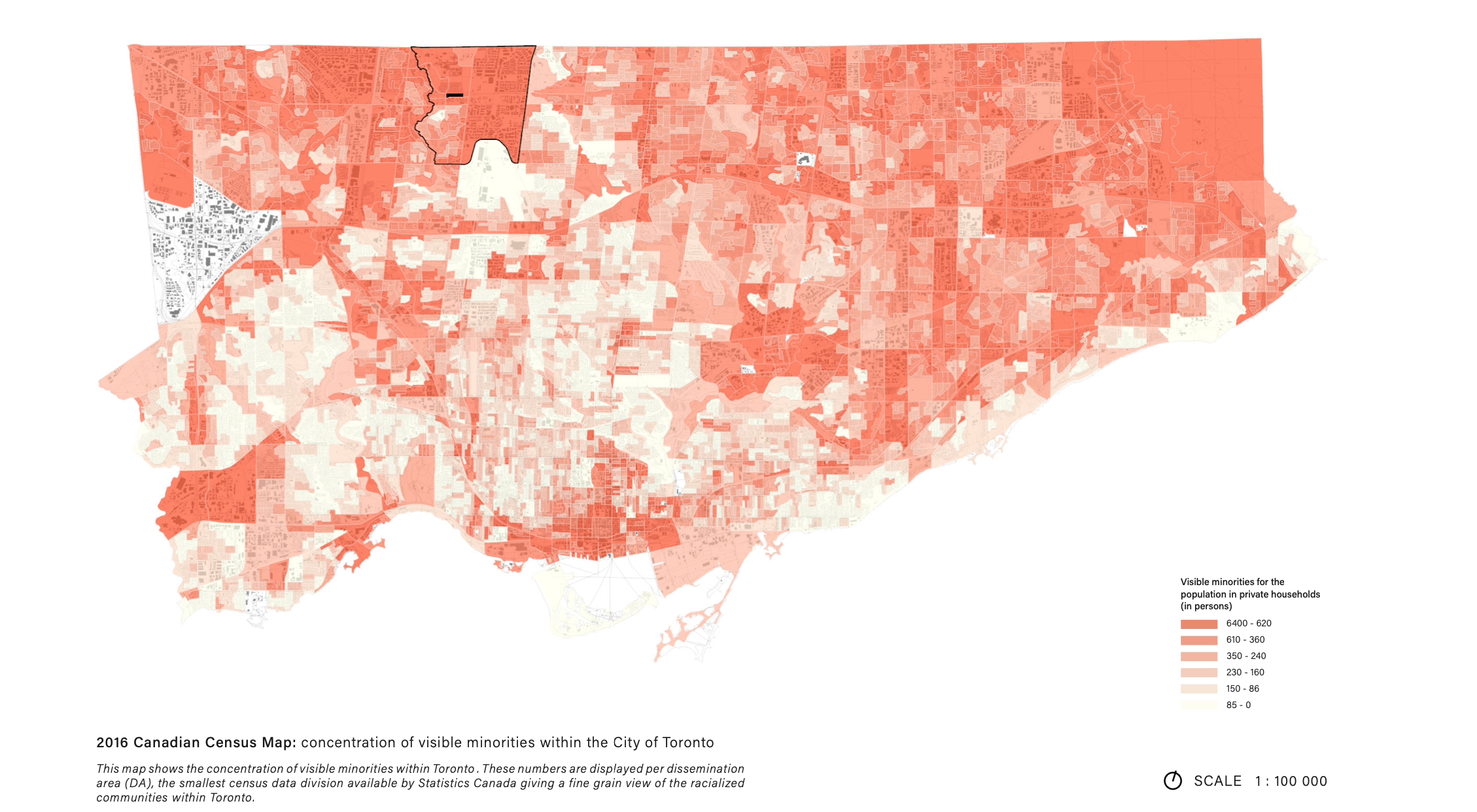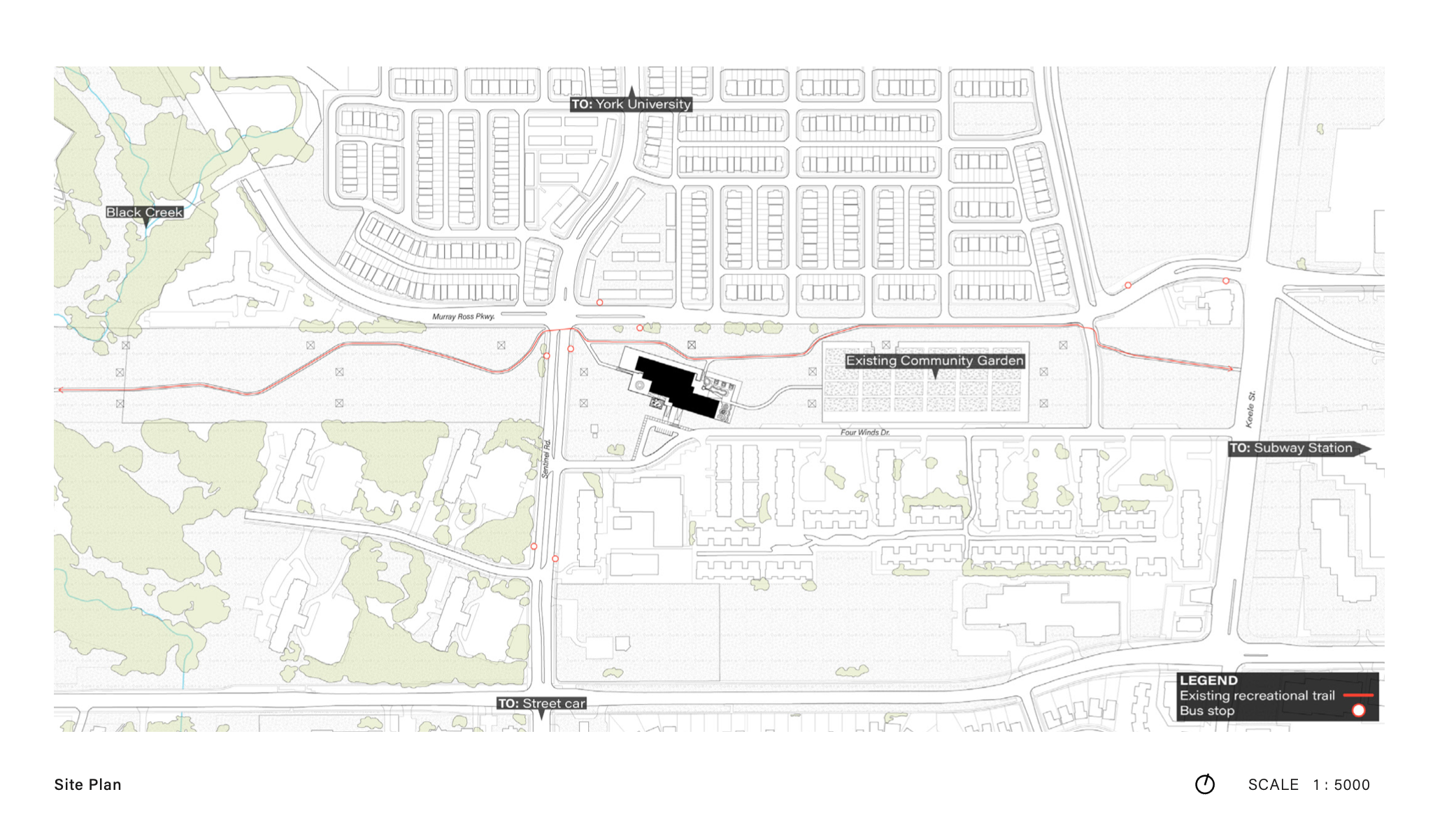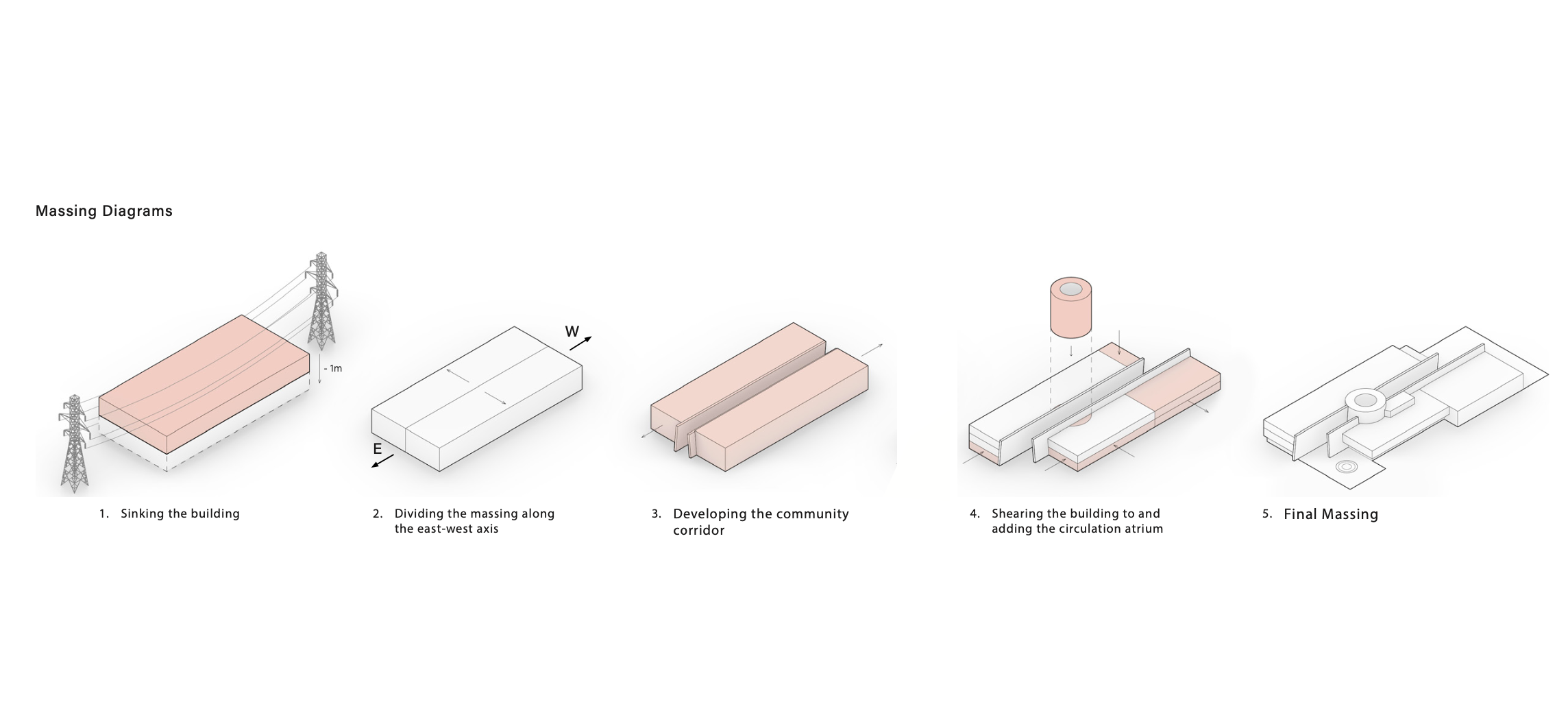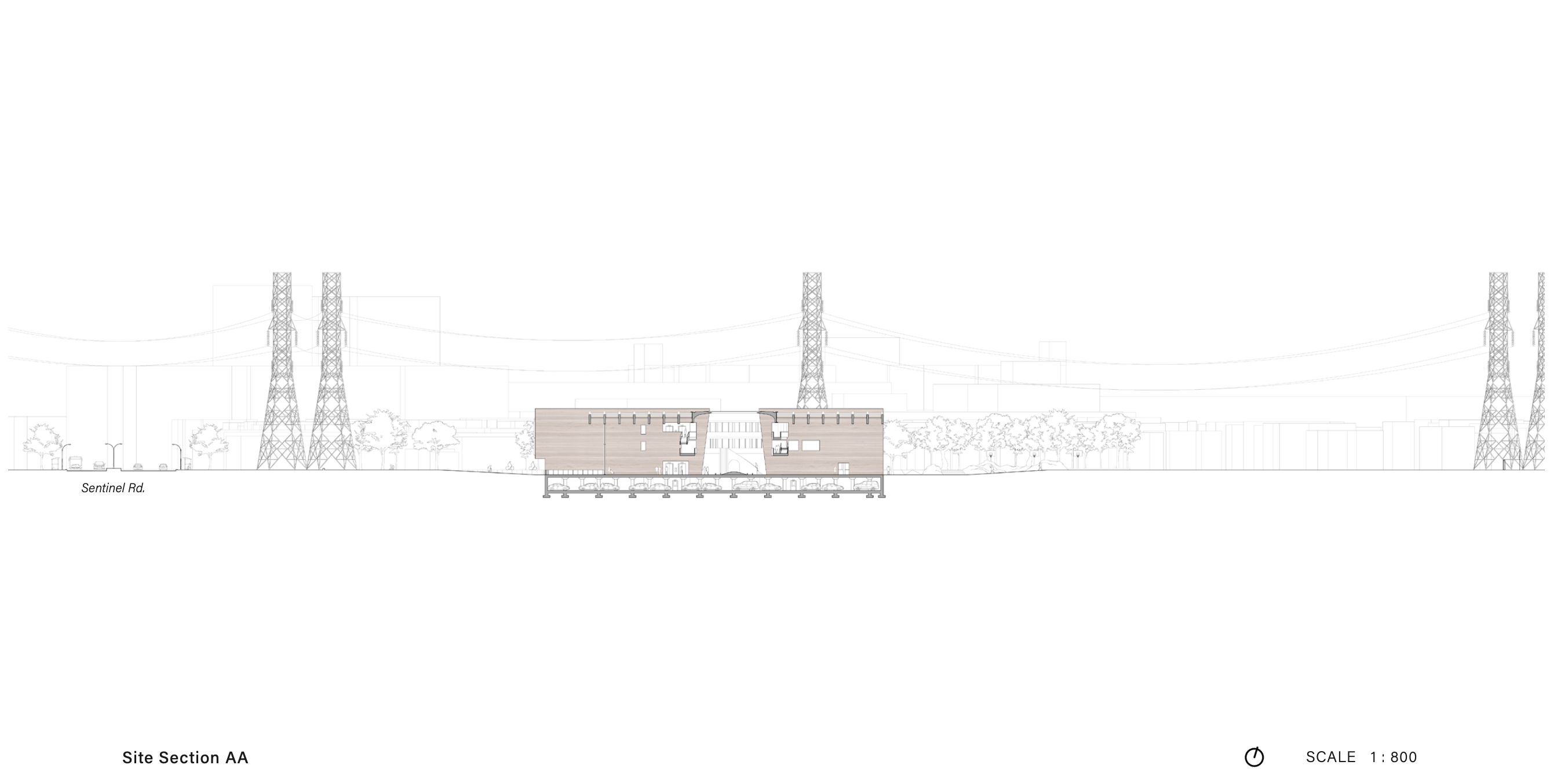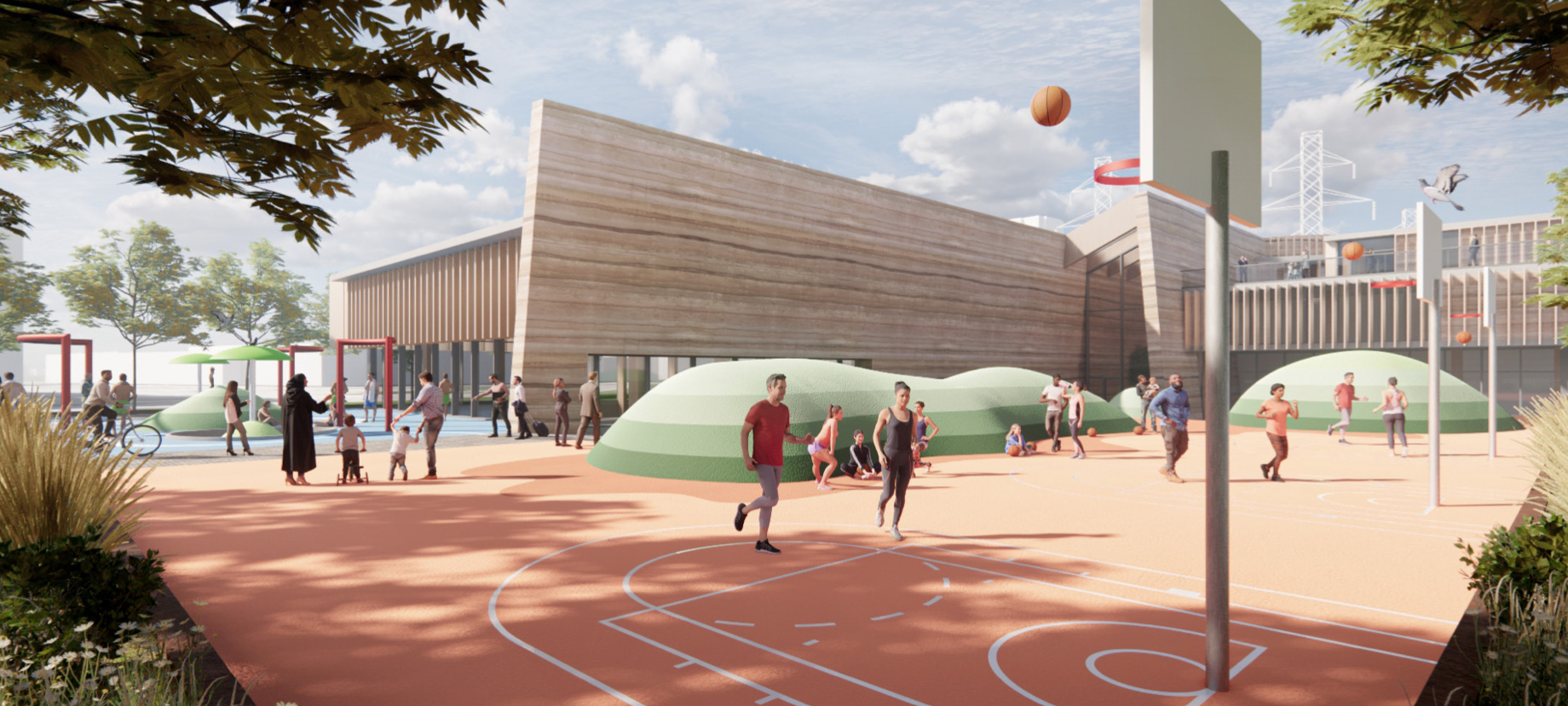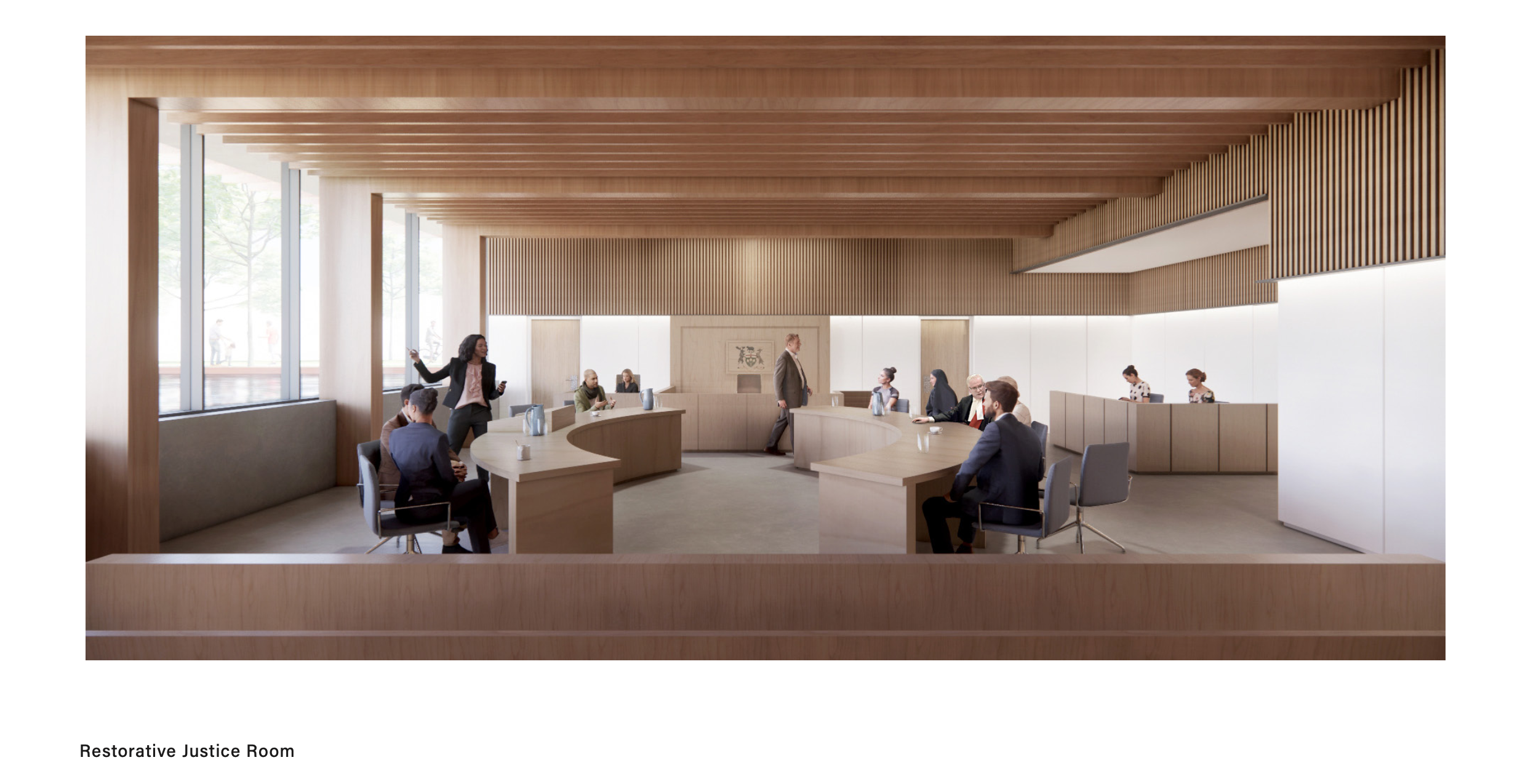15.02.22 - Forestry’s first hybrid Capstone presentations showcase diverse range of student research
The need for more green space in low-income urban settings. Why contemporary forestry needs to be interwoven with Indigenous knowledge. The history and future of China’s eucalyptus trees.
These were just a few of the wide range of subjects elucidated during the 2021 Capstone presentations by students in the Master of Forest Conservation (MFC) program. Held on December 14 and 15, the hybrid presentations took place in person at 1 Spadina Crescent for students and examiners, with external audience members joining in virtually.
A total of 22 MFC students individually presented their work, the projects organized under the themes of forest management, forest health, monitoring, policy, wildlife, mass timber and urban forestry.
“The hybrid format allowed a broader range of external examiners, from places like Oregon and Barcelona, who would not have been able to participate if we were 100 per cent in person,” says Professor Patrick James, the Capstone course coordinator. “The success of this first hybrid presentation event has potentially opened doors for broader participation in the future.”
The 2021 presentations showcased a diverse mix of issues and case studies. Aditi Chanda’s Capstone project, for instance, focused on the harvesting impacts of Indigenous traplines on marten habitats in northeastern Ontario. Through her presentation, she demonstrated why it is critical for Indigenous knowledge to be woven into forestry.
“It is important to focus on Indigenous perspectives not just because they had been silenced, but because they provide generational knowledge of concepts that are championed in forest management today, such as sustainability or adaptive management,” Chanda says. “Given the often-fraught relationship and history between First Nations and the Canadian forest industry, I firmly believe it is irresponsible for us to do otherwise.”
During his presentation, James Marcucci discussed how social housing can be spaces for urban forest stewardship. “There is a measurable inequality of urban tree-canopy cover in Toronto neighbourhoods that is directly related to median household incomes,” he says. “Non-profits such as Local Enhancement and Appreciation of Forests (LEAF) have identified this issue and are partnering with the City of Toronto to empower Toronto Community Housing tenants to plant and steward trees in their communal green spaces.”
Qinyu Chen, meanwhile, spoke on the history of eucalyptus trees in China, the importance of having species diversity there, and how this could be achieved through the planting of three alternative eucalyptus species. “Globally, China ranks first in plantation area, of which eucalyptus is the most widely planted tree species,” Chen says. “Making even small improvements in terms of diversity will have a significant impact on the whole timber industry and country.”
Chen had the unique experience of working at two different universities for his Capstone project: Nanjing Forestry University (NJFU) in China and the University of Toronto in Canada.
“It was great taking part in two different programs: earning lab experience at NJFU and theories knowledge through the course-based MFC program here at the Daniels Faculty,” he says.
“Having gone through the majority of the program in a COVID-required virtual format,” James concludes, “the class of 2021 deserves particular recognition for its perseverance and resilience.”
Dean Juan Du adds: “I was able to attend some of the presentations and was truly impressed by the range and depth of the students’ research. I am excited to see how this future group of forestry leaders will shape their fields in the coming years.”
Photos by Harry Choi
The complete list of the 2021 MFC Student Capstone presentations is below:
Monique Dosanjh
Forest restoration in Southern Ontario's conservation areas impacted by emerald ash borer: a case study with Credit Valley Conservation
Supervisors: Sandy Smith and Danijela Puric-Mladenovic
External Examiner: Alana Svilans
Presentation video
Guo Cheng
Improving the dissemination of pest management information for urban forest health: a case study with box tree moth (BTM)
Supervisor: Sandy Smith
External Examiner: Allison Craig
Rainer Dinkelmann
Preventing regeneration of American beech following harvest in response to beech bark disease – effects of glyphosate application to beech stumps one year after treatment
Supervisor: John Caspersen
External Examiner: Adam Gorgolewski
Presentation video
Adrienn Bokor
Are eastern grey squirrels a big problem for bigleaf maple?
Supervisor: Sean Thomas
External Examiner: Dave Shaw
Presentation video
Vanessa Nhan
The sustainability of Ontario’s wood supply for mass timber
Supervisor: Anne Koven
External Examiner: Glen Foley
Verna Valliere
Long-term impact of silvicultural treatments on the regeneration of American beech following beech bark disease outbreaks
Supervisor: Patrick James
External Examiner: Thomas McCay
Presentation video
Sylvia Jorge
The relationship between residential parcel size and permeable land on urban tree cover in Long Branch, Toronto
Supervisor: Danijela Puric-Mladenovic
External Examiner: Judy Whitmer Gibson
Zoe Bedford
Identifying forests with old growth potential in the Credit River Watershed
Supervisor: Jay Malcolm
External Examiner: Laura Timms
Presentation video
Aditi Chanda
Assessing harvesting impacts on marten habitat at the scale of Indigenous traplines – a study in support of future Indigenous consultation
Supervisors: Jay Malcolm and Ben Kuttner
External Examiner: David Flood
Presentation video
Sara Deslauriers
Effects of landscape configuration on flying squirrel occurrence and abundance in Rouge National Urban Park
Supervisor: Jay Malcolm
External Examiner: Leonardo Cabrera
Presentation video
Catherine Muir
Effect of tree landscape composition on insect communities in a temperate hardwood forest
Supervisor: Jay Malcolm
External Examiner: David McCorquodale
Qinyu Chen
Characterization of shrinkage of three alternative eucalyptus species for Chinese eucalyptus plantation
Supervisor: Sean Thomas
External Examiner: Tianyi Zhan
Presentation video
Lorraine Li
Identifying tree planting priorities for the Toronto District School Board (TDSB)
Supervisor: Danijela Puric-Mladenovic
External Examiner: Karen Dobrucki
Presentation video
James Marcucci
Urban forest stewardship potential for social housing in Toronto
Supervisors: Danijela Puric-Mladenovic and Tenley Conway
External Examiner: Brian Millward
Presentation video
Darya Shinwary
Investigating mechanical damage to trees at the Toronto District School Board (TDSB)
Supervisor: Danijela Puric-Mladenovic
External Examiner: Karen Dobrucki
Presentation video
Lauren Ohayon
Corporate stewardship of urban green space: a Sanofi Pasteur case study
Supervisor: Sandy Smith
External Examiners: Paul Scrivener and Murray Fulmer
Presentation video
Sanda Violoni
Sustainable private forest management and fair taxation in Ontario
Supervisors: Ben Kuttner and Sally Krigstin
External Examiners: Malcolm Cockwell and Mark Kuhlberg
Presentation video
Kunsang Ling
A look at access to green space in Toronto using the 3-30-300 rule for greener cities
Supervisor: Sean Thomas
External Examiner: Cecil Konijnendijk
Presentation video
Ben Gwilliam
A comparison of parametric and non-parametric modelling approaches for a temporally misaligned LiDAR dataset
Supervisor: Ben Kuttner
External Examiner: Murray Woods
Presentation video
Bridget Trerise
A regeneration monitoring protocol for the restoration of coniferous plantations to hardwood forests in Southern Ontario
Supervisor: Ben Kuttner
External Examiner: Aaron Day
Presentation video
Joshua Quattrociocchi
The ecological value of veteran trees in urban landscapes
Supervisor: Sandy Smith
External Examiner: Philip van Wassenaer
Presentation video
Shan Shukla
Analysis of the forestry co-operative pilot projects developed by the Ontario Woodlot Association
Supervisor: Sally Krigstin
External Examiner: John Pineau
Presentation video


